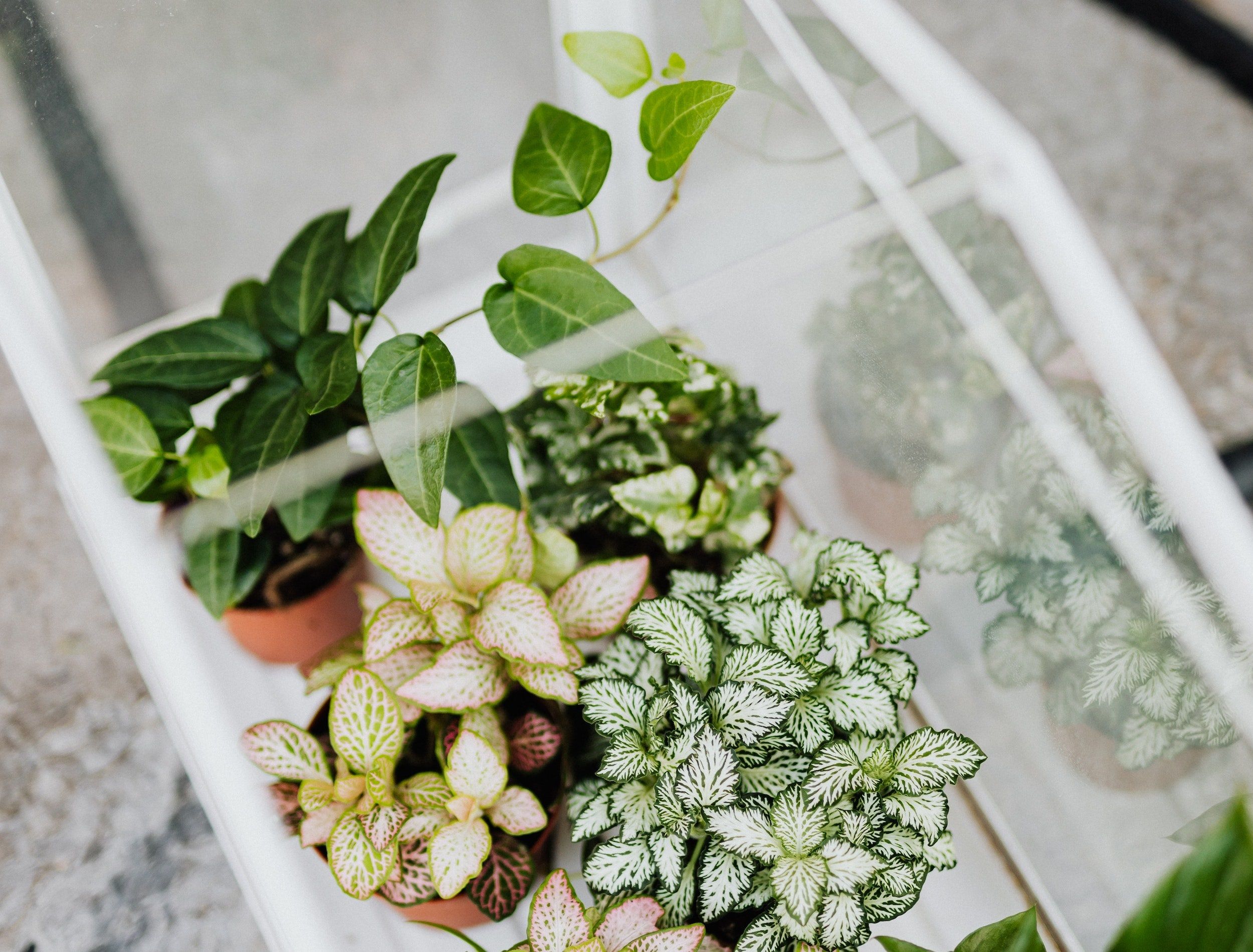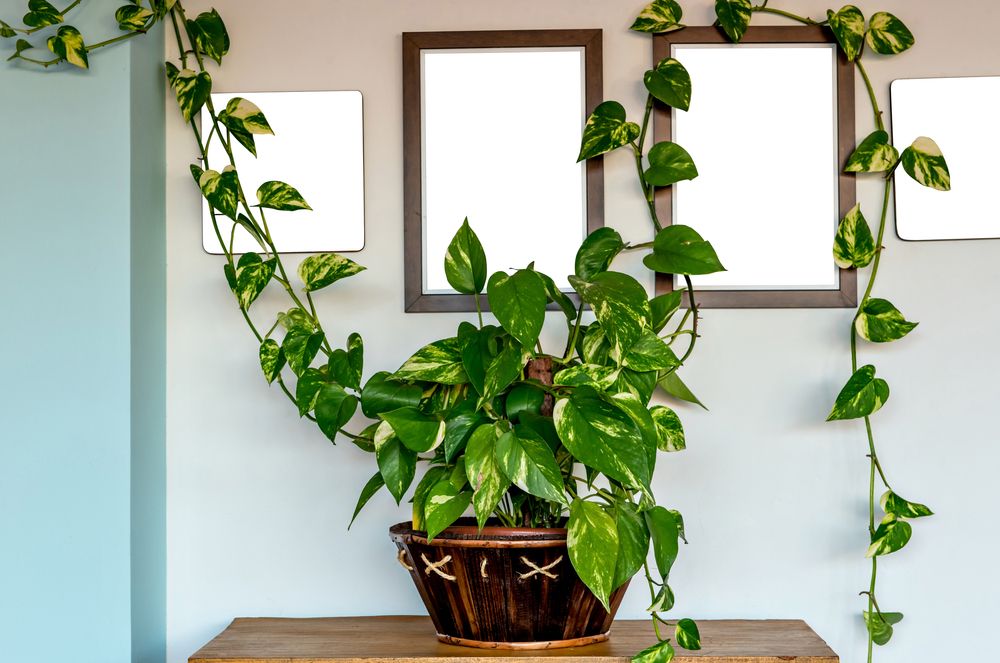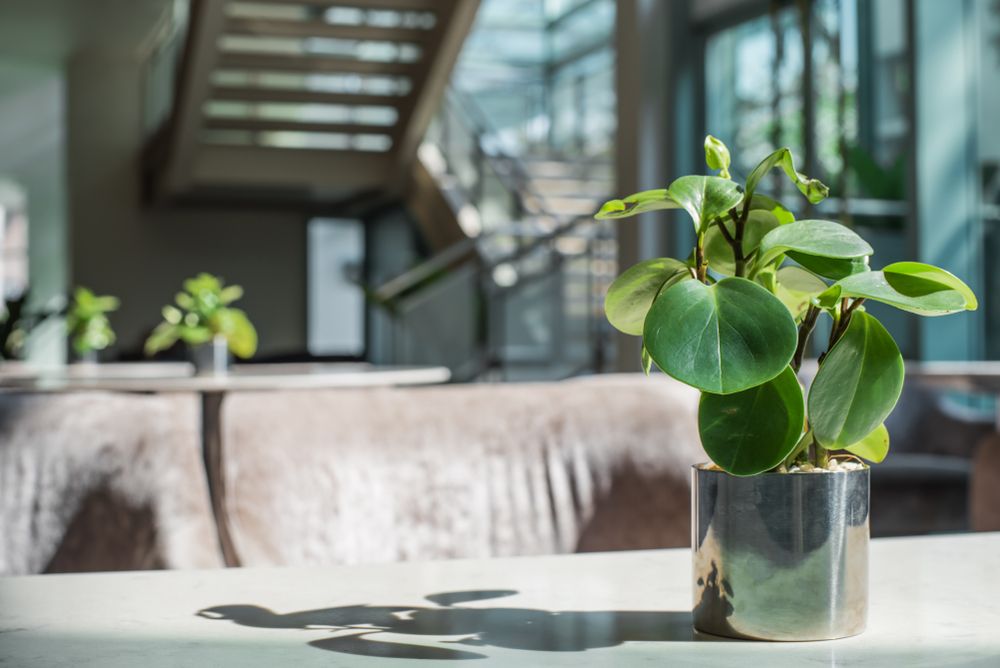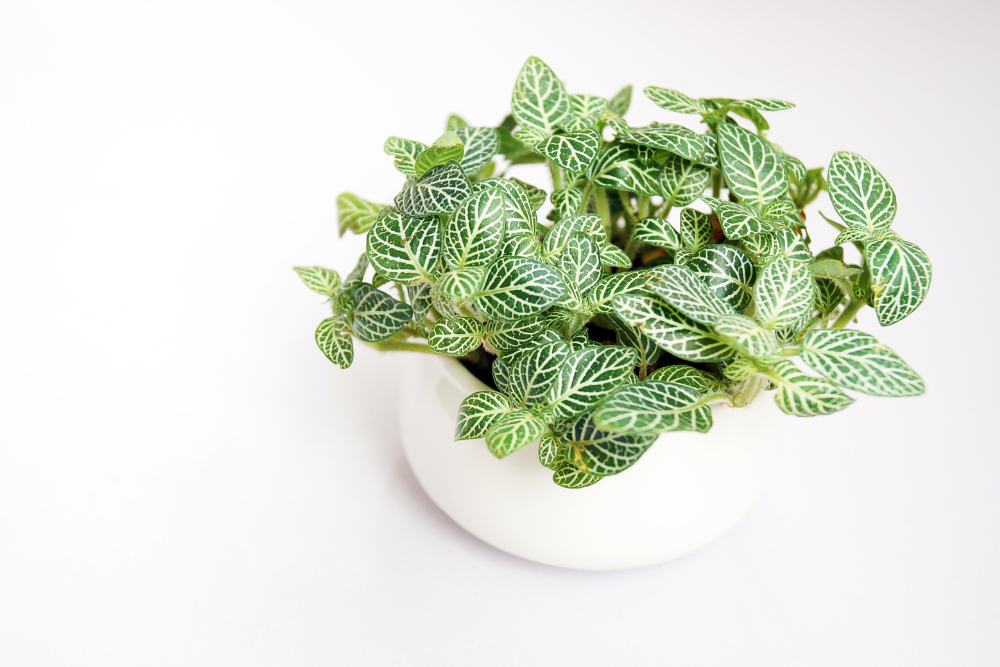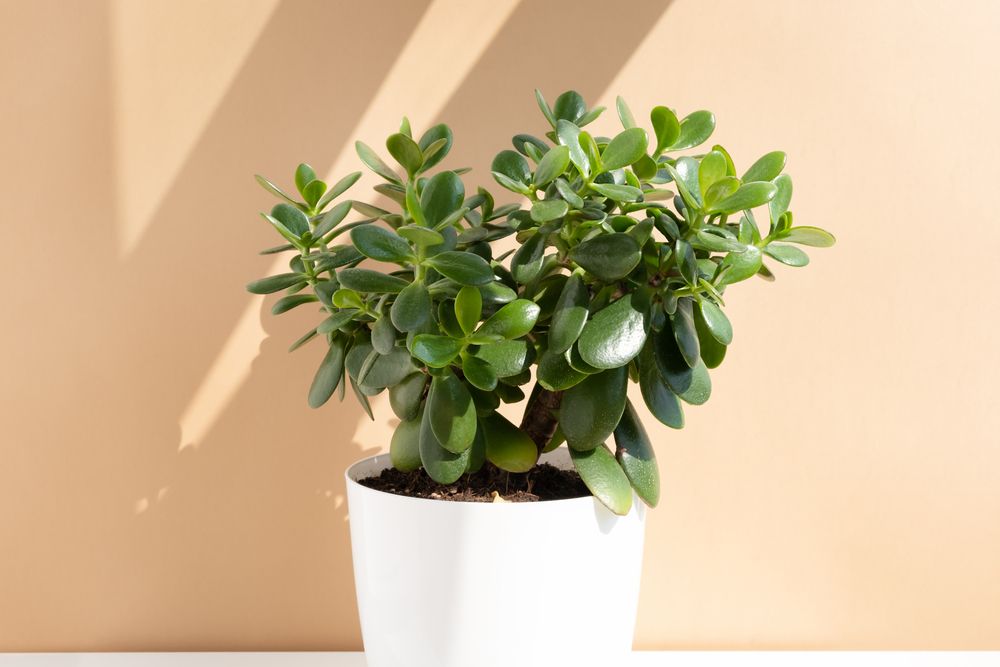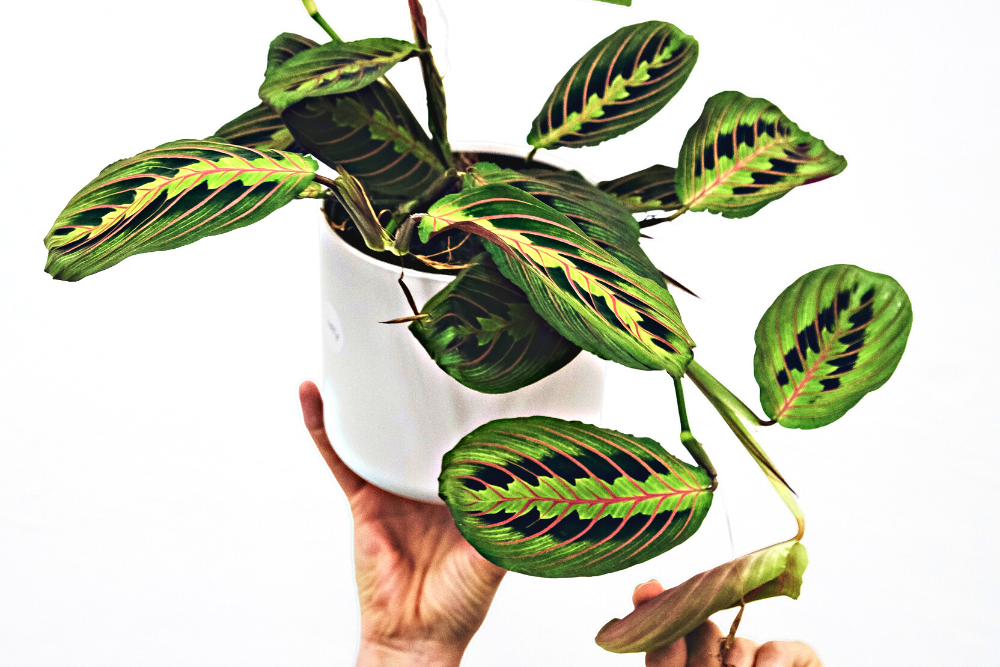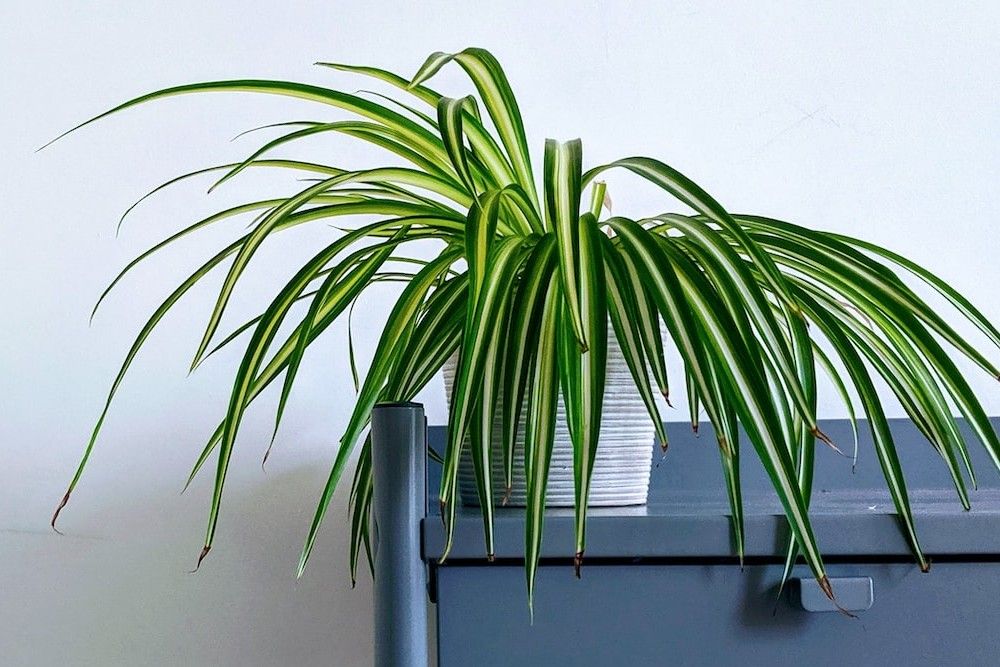Who doesn't want to wake up to the blissful sight of green life in their home? Houseplants bring the outdoors into even the smallest of spaces. Though often faced with compressed interiors, limited natural light, and dry air, apartment dwellers can still enjoy pretty houseplants.
Numerous plants are suited for indoor conditions, many of which can thrive in the average home environment. Learn about six plants that will love your apartment!
Pothos
Image credits: Giovani Dressler via Shutterstock
The increasingly common pothos plant, often known as devil's ivy, is an indoor plant that will make your space stand out. The plant offers a nice flair and adds depth, especially when displayed in a hanging basket. Its climbing vines cascade down, providing a beautiful decorative touch to your interiors. Pothos plants are low-maintenance and adapt to many kinds of apartment environments preferring a temperature between 65 and 75 degrees Fahrenheit.
The Pothos plant thrives in indirect, medium-level sunshine. So you can place it in any corner with adequate indirect natural light and it will do all right. However, a healthy dose of sunlight helps the plant grow faster.
Maintain a regular watering plan for Pothos and wait until the soil is dry before watering it again.
Baby Rubber Plant
Image credits: Kaset Chukittipong via Shutterstock
With its thick, glossy leaves, the baby rubber plant (Peperomia obtusifolia) makes for a stunning houseplant. The plant grows up to 10 inches tall and sits well on table tops or bookshelves. But, this tropical plant offers more than just a beautiful, natural look to your apartment: It can remove pollutants from the air.
Medium indirect light is ideal for growing baby rubber plants, as direct sun exposure will hurt their leaves. It can be placed on a center table that does not receive direct light. The plant's glossy leaves will burn at the tips and if it receives too much sunlight.
Make sure you don't overwater your plant, as it stores moisture in its leaves. Hydrate it about twice a week during the spring and summer seasons. Cut back on watering during winter and let the soil dry out before you schedule the next round.
Fun Fact: This is a non-toxic plant that's safe to have around your children and in your nursery.
Nerve Plant
Image credit: Yingchih via Unsplash
The nerve plant, or Fittonia albivenis, is another tiny plant that packs a mighty decorative punch. The plant flaunts gorgeous foliage with veins on the leaves of different shades, including red, pink, and white. If you want to spruce up the look of your apartment without much effort, this plant is an absolute addition.
Nerve plants do not demand much attention and will thrive in your apartment. They detest direct sunshine but flourish well under indirect light conditions. Thus, make sure to choose an appropriate placement away from windows. Water it at least two times a week, as a lack of moisture causes the leaves to dry out. However, the nerve plant does not prefer wet feet. Ensure that the soil has dried out before offering more hydration.
Note: You can also place many of these pots across the home as they are non-toxic to pets and kids!
Jade Plant
Image credits: Marina Kaiser via Shutterstock
A popular addition to indoor spaces, the jade plant (Crassula ovata) flaunts a unique look. The plant features gnarled trunks and glossy, oval-shaped leaves to add a dramatic character to apartment settings.
If you are a forgetful gardener, this succulent is ideal. It retains water in its leaves, stems, and roots and can go days without watering. You won't need to go crazy during their growing season from spring to summer because watering the plant once a week or sometimes once a month will suffice. Water your jade plant with distilled water and always keep a close eye out for how dry the soil feels. Overwatering causes the leaves to fall off and can trigger root rot.
Jade plants thrive under direct sunlight. Try to place it near a well-lit window or shelf to enjoy a healthy plant. Ideally, an apartment window that is south or west-facing will offer this plant all the benefits it needs.
Prayer Plant
Image credit: Feey via Unsplash
Is your apartment also home to several furry pets? Then the prayer plant is yet another answered prayer. It is safe for your pets and adds a beautiful touch to your apartment. The colorful houseplant has stunning foliage with distinctive lanceolate leaves with central stripes in either cream or pink. Lanceolate leaves are simply those that are wider at the base and taper toward the longer top.
It enjoys warm temperatures (between 60-85 degrees Fahrenheit) and high humidity. Place the plant away from harsh sun exposure as it thrives under indirect sunlight.
Water the prayer plant with caution. Ensure that the top two inches of soil are moisture-free before you add more.
Spider Plant
Image credits: Lucian Alexe via Unsplash
Native to the South African coast, spider plants (Chlorophytum comosum) are fantastic additions to apartments. These perennials are renowned for their spider-like plantlets and wiry foliage. They also forgive tardy watering regimens, but, weekly, generous watering will help it grow healthy.
Even more good news: spider plant propagates easily! All you have to do is remove the plantlet and place it in a cup of water. Allow it to develop roots before moving it into a pot of its own. Just like that, you can have multiple spider plant pots to place around your home.
Fun Fact: Spider plants are renowned for its air purifying properties!
Bring on the Greens!
Houseplants add oomph to indoor spaces with the soft touch of green and vibrant colors. They wonderfully brighten otherwise dull corners and can be liberally placed atop tables, racks, and bookshelves. Simply put, there is no better way to lighten up the face of your apartment within a budget!
Now that you know which plants to add to your indoor space, share this article with fellow apartment owners. Comment below with your favorite houseplants for indoor spaces.

